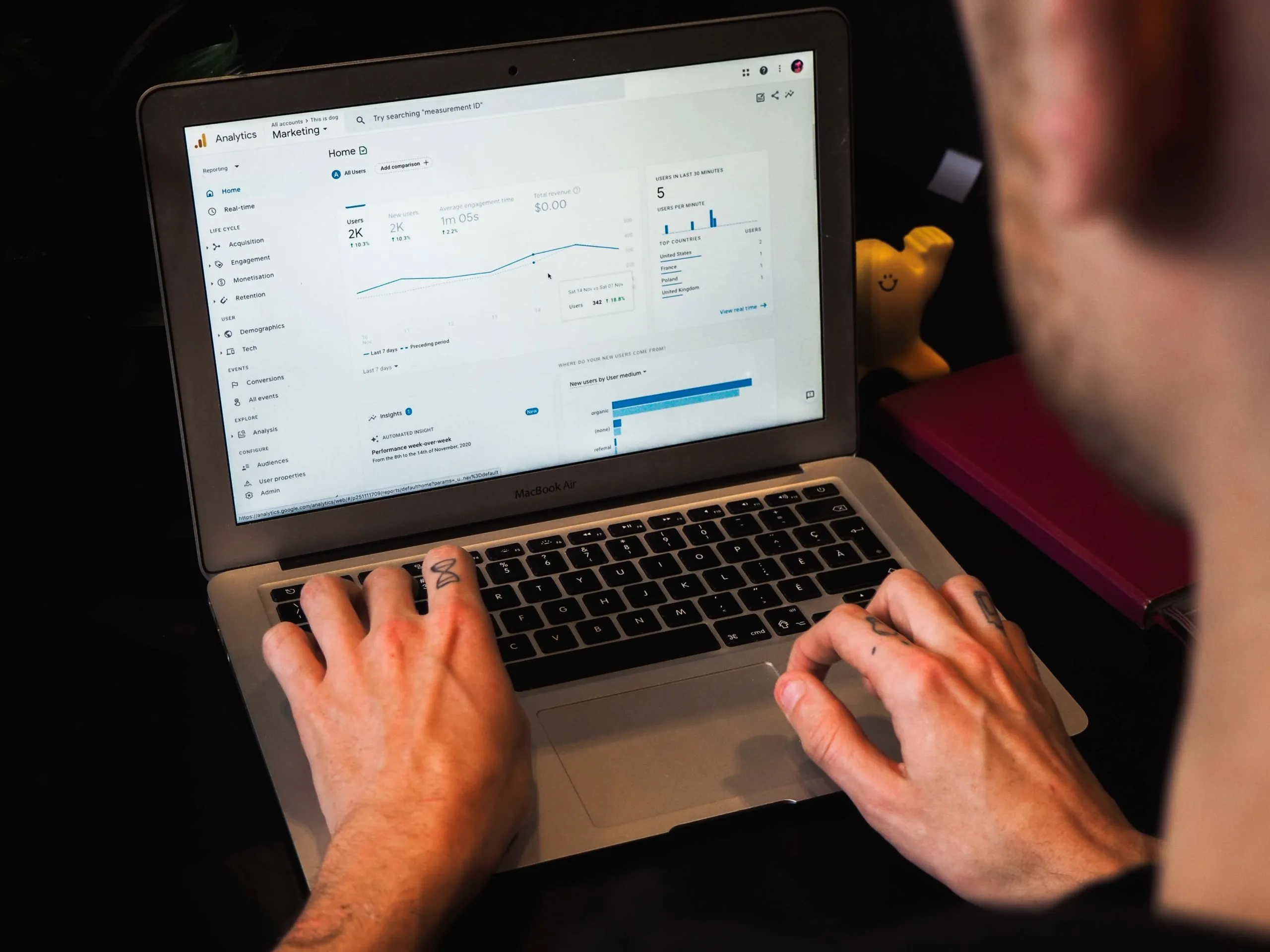First party data refers to user information collected from direct interactions with your brand (email, site, app etc). Owning this data should now be an essential part of your marketing strategy–especially as platforms prepare to sunset 3rd party cookie tracking.
Today’s consumers are shopping online more than ever before, but they’re also more protective of their data than ever before. Despite the increase in user activity, it’s getting harder to tell who these users are and which are most likely to be interested in your products.
Apple’s new iOS privacy features allow users to refuse data tracking. Facebook & Google are moving away from 3rd party cookies. Changes like these mean that it’s up to your business to collect the data you need to understand who your customers are and which acquisition channels are the most effective.
In other words, you need to start collecting first party data.
Understanding First Party Data
Consider first party data the foundation of your marketing strategy from this point on. Since most sites won’t be able to collect the key identifier data, it’s on your business to collect it from your customers and prospects.
Asking users to share your data is challenging, but it’s much easier when the user has an established relationship with your brand. Therefore it’s incredibly important to build trust with your customers in order to collect first party data.
Want Proof? Nike Just Did It
Nike’s share price shot to an all-time high in 2020 thanks to its customer-centered DTC strategy.
The company couldn’t utilize its network of over 900 global stores in the midst of the pandemic, so it instead leaned into what it called a “Consumer Direct Offense”.
“[In] a future increasingly defined by e-commerce, fast-moving trends and, above all, the rising power of branding to drive consumer preference when competitors are just a click away, Nike realized that in order to thrive, it needed to take control of its distribution to better manage its brand and deepen its connection with consumers.”
Inside Nike’s Radical Direct-to-Consumer Strategy, Business of Fashion
Mapping the Customer Journey with First-Party Data
Connecting with your loyal customers is critical, and every single step of your customer journey should be optimized with that in mind. Here’s a helpful video on building trust with your customers and why that matters:
We can help you strategize around this so you can:
- Improve targeting precision
- Improve omnichannel measurement
- Drive ad relevance
- Close the loop on attribution
- Create a single view of the customer
We’re currently helping our clients prepare for the cookie-less future. Here’s how we can help you too:
- Make a roadmap for your first party data
- Determine the right data sources and data points
- Benchmark and monitor over time
Now that we’ve covered the basics, let’s meet and discuss how we can create a tailored strategy for your business.






















